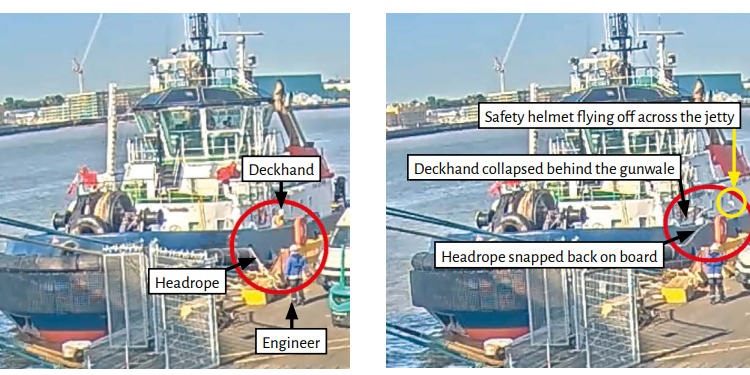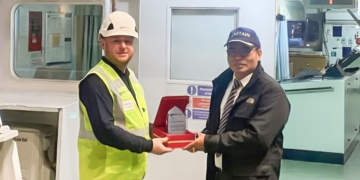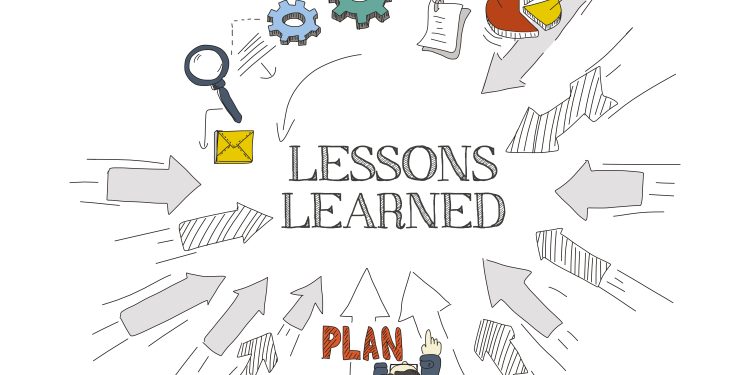In its latest Safety Digest, UK MAIB references a case in which the headrope snapped back and sent the deckhand’s safety helmet flying after the tugboat crew thought it was secure.
A tug had finished assisting a large passenger cruise ship to berth and, with the skipper at the helm, was heading to a nearby jetty to take on food supplies. On approach to the jetty, the engineer stepped ashore to manage the mooring ropes, as they had done many times before. The deckhand passed the two headropes ashore, but the bollard was busy with the passenger cruise ship’s lines and the engineer had difficulty securing them.
Believing the headropes were properly lashed, the engineer signalled to the skipper to lay back on the ropes and bring the tug’s stern alongside the jetty so it could be made fast. As the weight came onto the headropes, there was a sudden jolt as the port headrope slipped from the bollard and recoiled back. The soft eye hit the deckhand on the head and sent his safety helmet flying 10m down the jetty. The blow from the mooring rope further caused the deckhand to fall and hit his face on some of the tug’s metal fittings and fixtures.

Witnessing all this, the engineer called out to the skipper and immediately went to the deckhand’s aid. The initially unconscious deckhand had sustained head and facial injuries and was bleeding heavily. On regaining consciousness, the deckhand did not recognize either his crewmates or surroundings due to the effects of concussion. Following a delay brought about by confused reporting, an ambulance eventually arrived and transferred the deckhand to the hospital for treatment. He was discharged 2 days later.
Lessons learned:
-
Risk → Mooring operations are hazardous, and each one can present its own challenges, such as the busy bollard in this case. Never apply weight to a mooring rope if in any doubt it will slip or part. It is better to berth elsewhere, despite the inconvenience. Mooring crew should be familiar with the risk of snap-back and stand clear of ropes to avoid the tangible, and potentially fatal, consequences.
-
Equipment → Personal protective equipment can save your life. The deckhand’s safety helmet bore the brunt of the force of the mooring line as it snapped back, absorbing much of the impact and likely preventing more serious injury, permanent brain damage, or death.
-
Communicate → Raising the alarm is vital to getting help. The emergency services prioritize their response, so an accurate indication of the state of any casualty is crucial. Some confusion after the initial report by the skipper meant that the ambulance crew were unaware of the deckhand’s head injury. Having left the bridge, the skipper could not monitor the radio, which made it difficult for the emergency services to keep in contact.































































